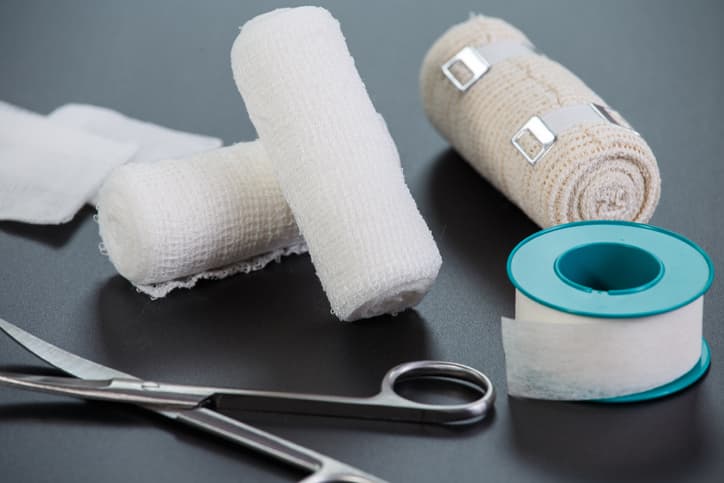There are a few different types of wound care dressings, each with its own benefits and drawbacks. Here are the most common types:
1. Hydrocolloid dressings: These are made from polymers or sugars and work by absorbing fluid and preventing infection. They can be applied as a liquid or foam, and are often used on larger wounds where compression is needed. Some hydrocolloid dressings contain silver ions, which help to kill bacteria.If you need more information about dressings, You can visit https://dms-fl.com/categories/wound-care/dressings.html.
2. Silicone dressings: These are similar to hydrocolloids in that they absorb water and prevent infection, but they also have some other features, such as being flexible and easy to remove. They are often used on smaller wounds where pain is a concern. Silicone dressings may also act as an anti-inflammatory agent.

Image Source: Google
3. Non-adherent wound treatments: These include ointments, creams, gels and tapes. They don't stick to the skin, so they can be easily removed without leaving behind a residue. This makes them good for areas that are sensitive or hard to cover (such as the face). Many non-adherent wound treatments also have antimicrobial properties.
4. Hydrogels: These are a type of gel that contains water, gas or air bubbles. When the gel is applied to a wound, it forms a temporary seal that helps to protect the wound and reduce swelling. Hydrogels can be used on all types of wounds, but they are most effective on large wounds that are difficult to dress.
5. Biomedical dressings: These are made from natural or synthetic materials and are designed to protect wounds and promote healing. They may contain natural ingredients, such as herbs or aloe vera, or they may have artificial components, such as proteins or growth factors.
